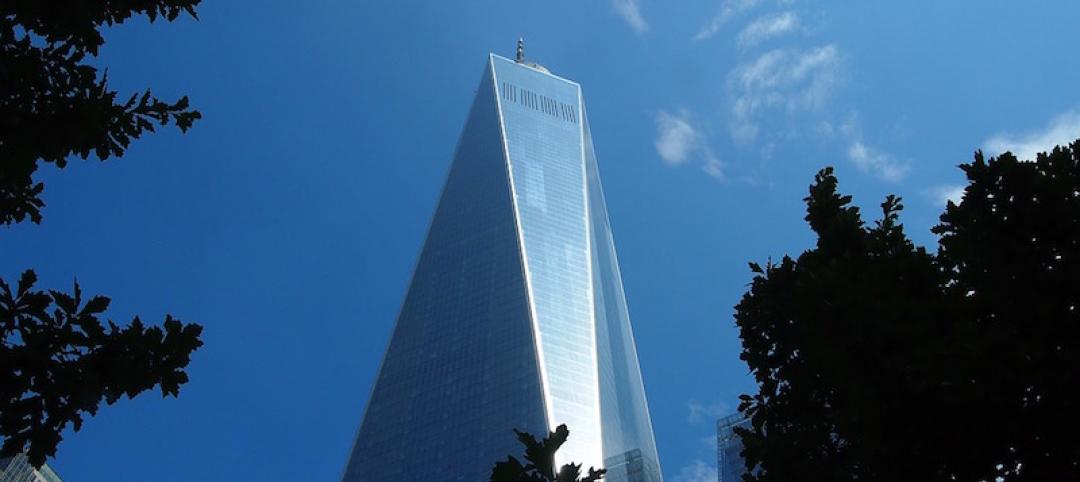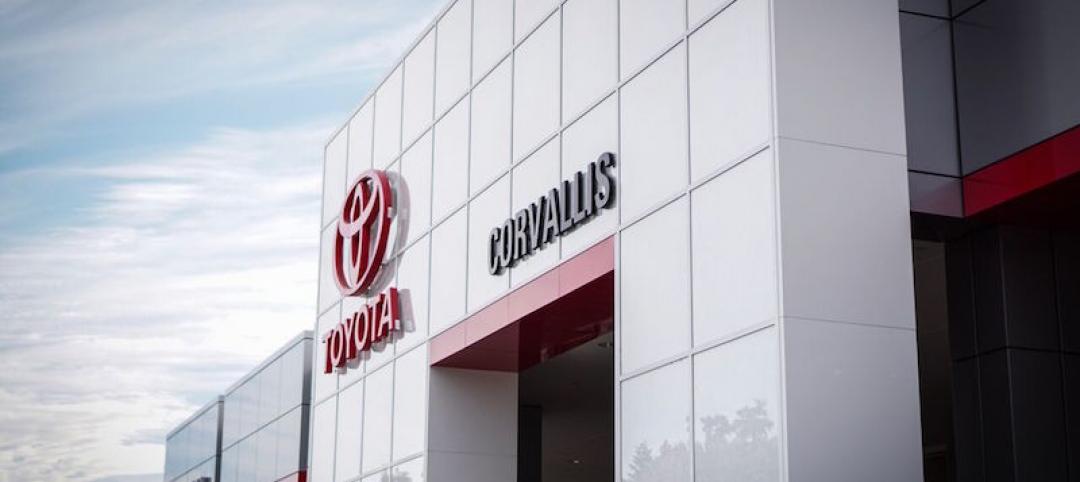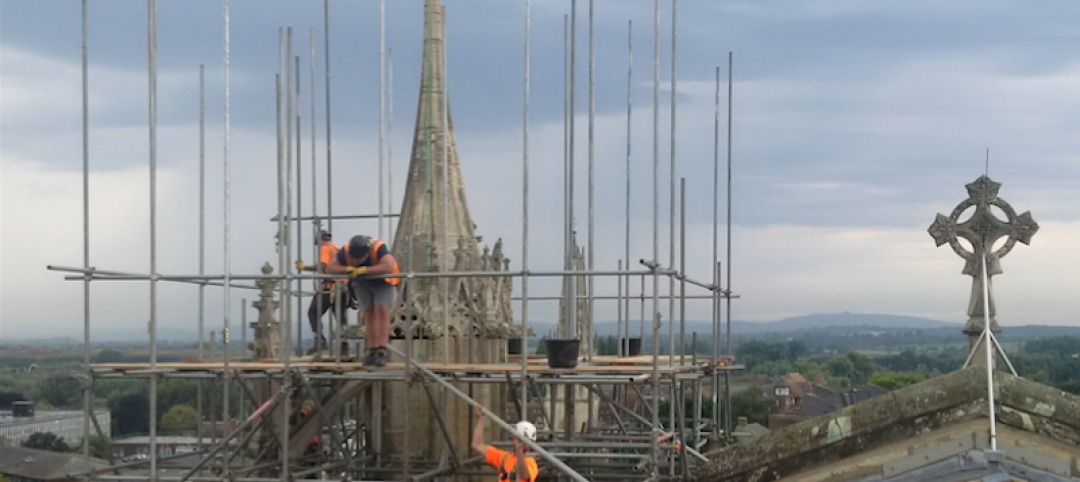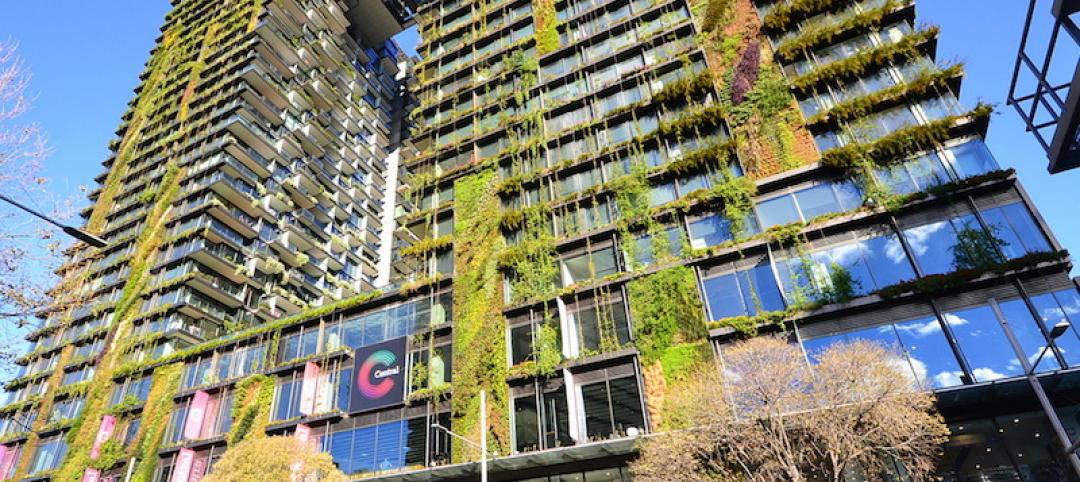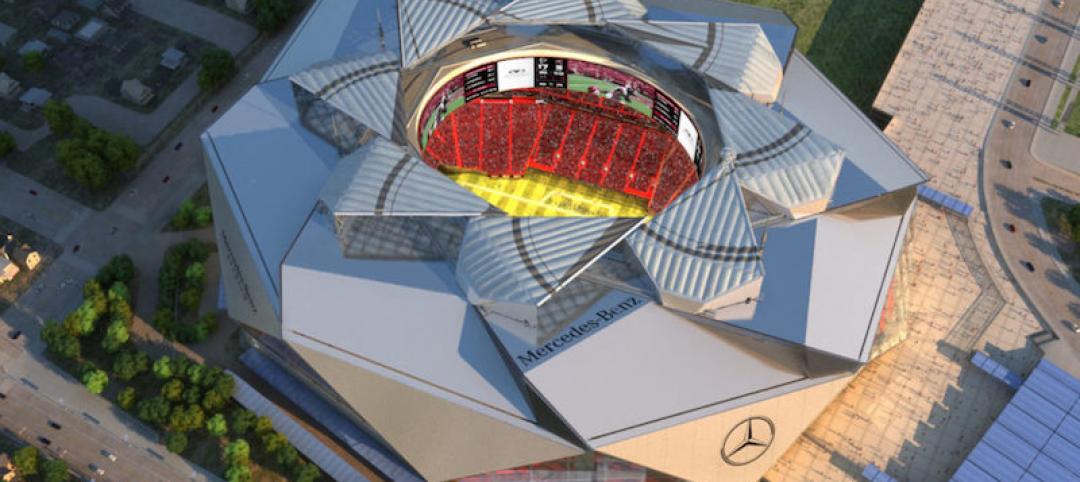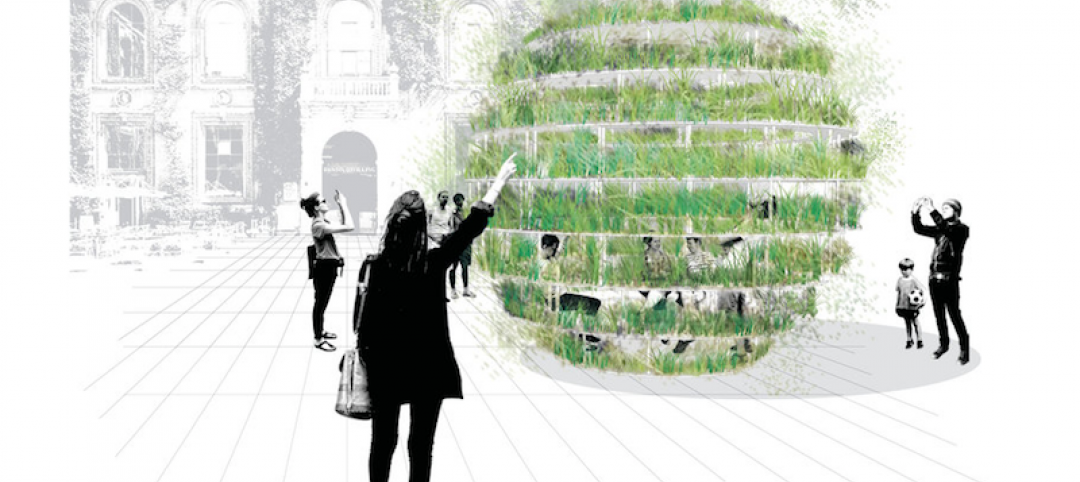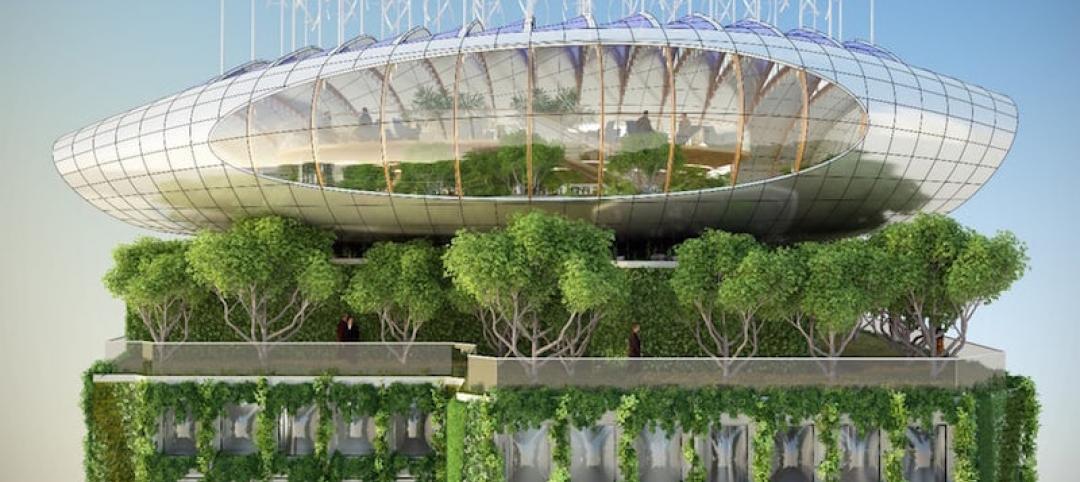The National Association of Landscape Professionals(NALP) announces its official list of the top landscape trends of 2018. As the voice of the multibillion-dollar lawn and landscape industry, NALP annually forecasts trends that will impact landscape planning, design and maintenance within the coming year.
“The top 2018 landscape trends reflect an evolution of the outdoor living trend we’ve seen grow in popularity over the past few years,” says Missy Henriksen, vice president of public affairs, NALP. “Stimulated by a healthy economy, homeowners and property managers are innovating their landscapes in fun, new ways. Recognizing the tremendous value that beautiful and functional landscapes bring to homes and commercial properties, today’s landscapes are built to last so they can be used and enjoyed through all the seasons, year after year.”
In 2018, NALP predicts the following five trends to influence landscape planning and design:
- Experiential landscape design. Today’s landscapes are thoughtfully and creatively built for living, working and playing, and bring together form and function for a quality outdoor experience. More residential landscapes feature designated areas for cooking, dining, relaxing and even working outdoors, armed with fully integrated outdoor lighting and audio/visual systems for a multisensory and multiuse experience, day or night. Office landscapes more frequently include walking and bicycle paths, dining areas or gardens to enhance the employees’ experience. For both residential and commercial landscapes, the experience often begins at the entrance, with beautiful lawns, plantings and design elements that make a welcoming or wowing first impression.
- Climate-cognizant landscaping. Unpredictable weather patterns call for landscape enhancements that withstand extreme conditions and allow spaces to be enjoyed on unseasonably cool or warm days. More landscapes are planned with the unexpected in mind, such as pergolas with retractable canopies that can protect outdoor areas in wind, rain and snow; outdoor heaters for patios on chillier nights; and hardier hardscape materials that can handle drastic temperature fluctuations.
- Emphasis on water management and conservation. A buzzword for years, sustainability in landscaping is more than a trend, it influences how landscapes are created and maintained now and in the years to come. In particular, the integration of eco-friendly watering practices are expected to continue to take off in 2018, including the use of plants native to a region (which generally use less water), xeriscaping (planning a landscape to use low-water use plants), and smarter irrigation technology.
- Enhanced equipment and technology. The latest yard tools on the market consider ease of use and storage while incorporating more eco-friendly innovations. Many lawn mowers, leaf blowers and similar equipment feature low or no emissions, are battery-powered, and are quieter. Many lawn and garden tools are also designed to stack or fold to fit in the garage or shed. Professionals are also integrating more technology — mobile apps, 3D modeling and drones — into landscape planning.
- Plants in playful colors and patterns. While the simple elegance of greenery was all the rage last year, 2018 will see a renewed interest in adding pops of color and whimsy to landscapes. With ultra violet named the Color of the Year by Pantone, a leading provider of color systems and an influencer on interior and exterior design, landscape professionals expect to integrate more violets, verbena, clematis, iris and other purple flowers into landscapes. “Patterned” plants are also getting their time in the garden spotlight, as these unique plants are revered for their intricate details, such as striped leaves or brightly colored veins.
The voice of the landscape industry, NALP develops its trends reports based on a survey of its members and by drawing from the expertise of landscape professionals representing various regions of the U.S. who are at the forefront of outdoor trends. The landscape trends are also influenced by broader lifestyle and design trends.
Related Stories
Sustainability | Oct 4, 2016
One World Trade Center officially awarded LEED Gold certification
The skyscraper received the certification despite a setback caused by Hurricane Sandy.
Industry Research | Oct 3, 2016
Structure Tone survey shows cost is still a major barrier to building green
Climate change, resilience and wellness are also growing concerns.
Sustainability | Oct 3, 2016
Gensler-designed auto dealership to become world’s first to reach net zero
Toyota of Corvallis has also joined a few other Toyota dealerships around the country to achieve LEED Platinum certification.
Sponsored | University Buildings | Oct 3, 2016
Enhancing university life: The smart shower bead
Residential spaces that need to meet high traffic demands while accommodating an ever-changing populace creates a unique set of obstacles for any educational institution’s housing.
Green | Sep 29, 2016
Building Design+Construction brings GreenZone Community Education Center to Greenbuild 2016
The structure will be donated to Compton YouthBuild for construction-training program.
Sustainability | Sep 29, 2016
Gloucester Cathedral to install commercial sized solar PV system on its roof
Mypower will install 150 solar panels on the roof, making it the oldest cathedral in the UK, and possible the world, with this type of solar power system.
Green | Sep 28, 2016
Green Business Certification Inc. announces 2016 LEED Fellows
LEED Fellows are best-in-class for green building design, engineering and development.
Sports and Recreational Facilities | Sep 26, 2016
Mercedes-Benz Stadium in Atlanta will be the NFL’s first LEED Platinum stadium
The Atlanta Falcons new home is expected to save 40% in energy usage than a typical NFL stadium.
Sustainability | Sep 22, 2016
Is ‘Growroom’ a glimpse into the future of urban agriculture?
Growroom’s spherical shape means it can also double as a covered outdoor public space.
Sustainability | Sep 19, 2016
Brussels’ Botanic Center apartment block looks to live up to its name with the addition of 10,000 plants and a rooftop “Chrysalis”
The project, which has been commissioned and is in the design phase, would eliminate CO2 and produce its own energy.



